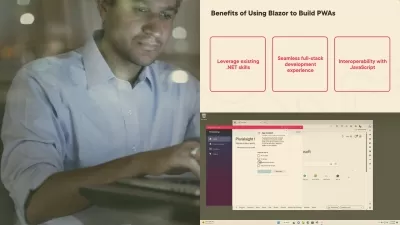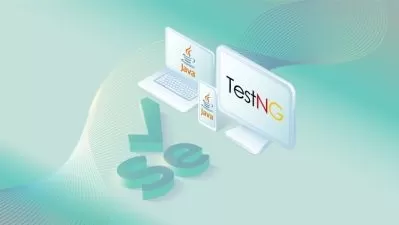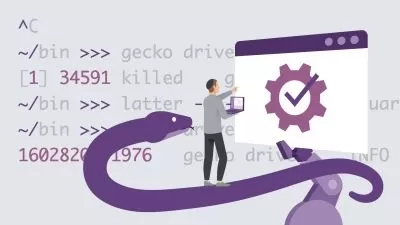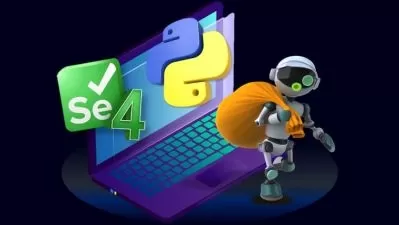Automate Application with Specflow and Selenium WebDriver C#
ENGINEERSPOCK EDUCATION LLC
13:30:46
Description
SpecFlow is a framework that brings Behavior-Driven Development (BDD) into life. It is all about filling the gap between technical people and domain experts. SpecFlow is based on the Gherkin language. So, non-technical people can write executable documentation on their own. Selenium is a framework that drives browsers (Chrome, Firefox, Opera, and more). In other words, with the power of Selenium, you can write a program that automatically interacts with elements on a web page. TestStack.White (sometimes, written called teststack white) is a framework drives WinForms and WPF applications. This course covers: •Theoretical background behind different types of testing (unit, integration, and acceptance testing) •SpecFlow: generating steps, running and debugging tests, passing parameters, scenario outlines, data tables, converting parameters, converting data tables, custom conversions, sharing data, categorizing tests, scoped execution, hooks, and other features •Selenium WebDriver: Locators, XPath locators, CSS locators, interacting with all element types, timeouts (explicit and implicit), locator priorities, picking scenarios to Test, the Page Object design pattern, the Page Object factory, uploading files, and more •Scraping a live website with Selenium WebDriver •Selenium Extras: managing a web browser •TestStack.White and building a WPF app by TDD (with MVVM) •Appendices: intro to unit testing and test-driven development All the codes and supporting files for this course are available at - https://github.com/PacktPublishing/Automate-Application-with-Specflow-and-Selenium-WebDriver-C-
More details
User Reviews
Rating
ENGINEERSPOCK EDUCATION LLC
Instructor's Courses
PacktPub
View courses PacktPub- language english
- Training sessions 127
- duration 13:30:46
- Release Date 2024/03/14





















